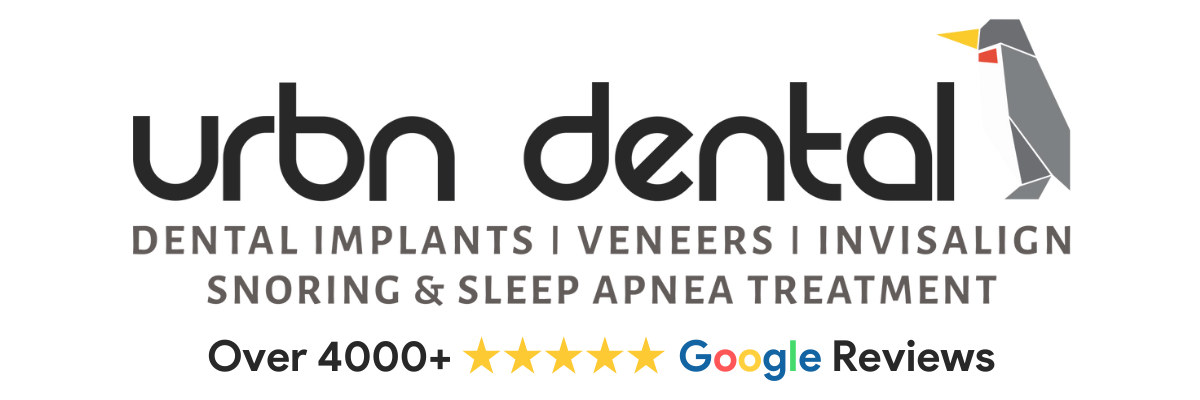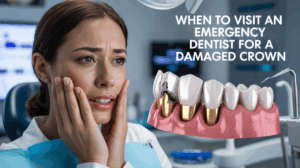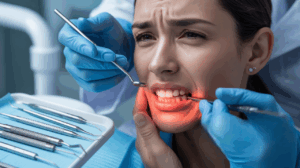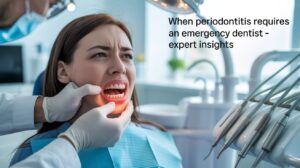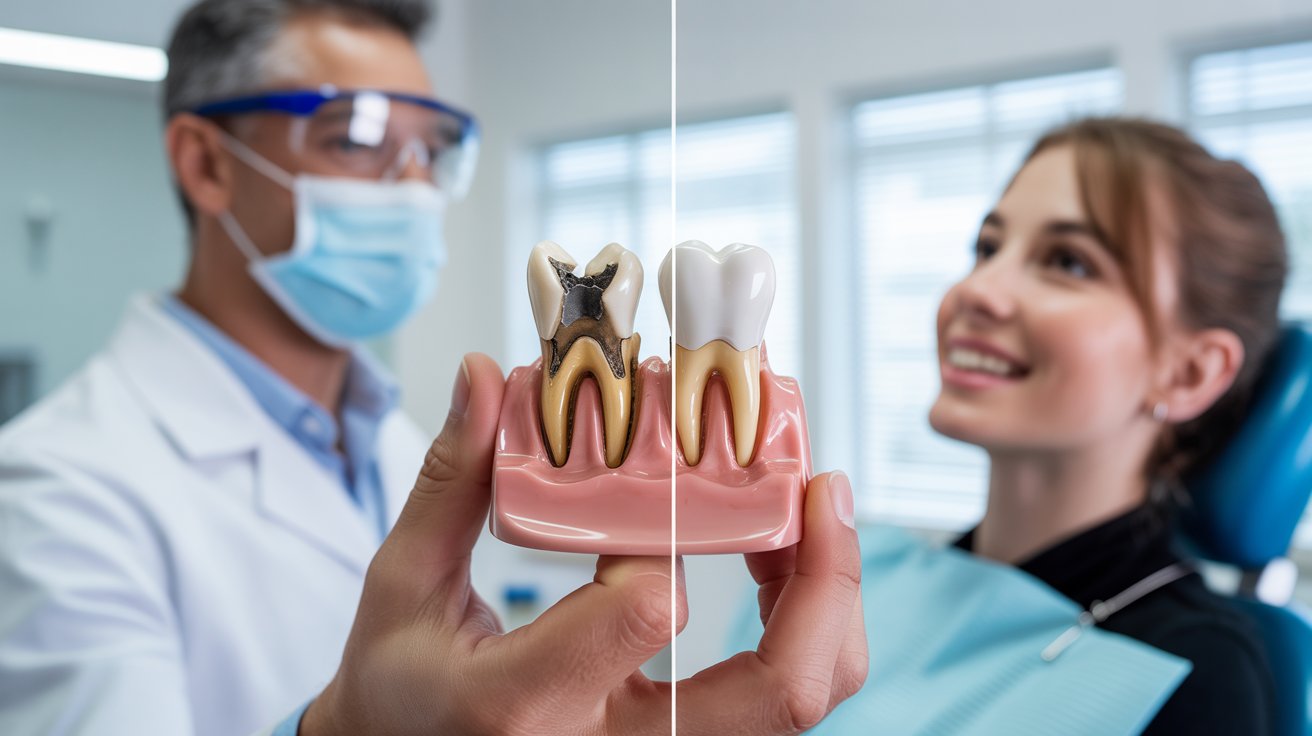
Dental crowns play an important role in protecting and strengthening teeth that have been weakened or damaged. But accidents, everyday wear, or sudden trauma can sometimes cause unexpected crown problems. Understanding how our emergency dentist in Montrose handles broken or lost crowns can help you understand options for managing crown problems and protecting your oral health.
When dental emergencies happen, it’s important to act quickly and seek emergency dental services near me to reduce the risk of further damage. This guide explains how our emergency dentists in Montrose address crown issues and what you can expect during treatment.
What Is a Dental Crown and Why Does It Matter?
A dental crown is a custom-made cap placed over a tooth to restore its shape, strength, and function. Crowns are often used to protect weakened or cracked teeth or to cover teeth after root canal treatment.
When a crown breaks or falls out, the exposed tooth becomes vulnerable to pain, sensitivity, and infection. That’s why visiting our emergency dentist in Montrose for timely care can help protect your oral health.
A loose or broken crown should be evaluated promptly by a dentist to reduce the risk of further damage.
Common Reasons for Crown Emergencies
Crowns can loosen, break, or fall out for several reasons, including:
- Chewing on hard or sticky foods
- Teeth grinding or clenching
- Accidents or sports-related trauma
- Tooth decay beneath the crown
- Aging crowns that weaken over time
Each situation can range from mild discomfort to urgent pain. Seeking help from our emergency dentist Montrose may help address the problem before it worsens.
Managing Damaged or Lost Crowns in Emergencies
If your crown comes loose or falls out, there are steps you can take before seeing our dentist:
- Keep the crown in a clean container if you find it.
- Avoid chewing on the affected side.
- Use over-the-counter dental cement as a temporary fix if needed.
These are only short-term measures; professional care is still necessary.
At an emergency dental clinic in Montrose, the dentist will typically evaluate whether the crown appears reusable or if a replacement is needed. The goal is to stabilize the situation, protect the exposed tooth, and reduce discomfort.
Temporary fixes may not provide lasting protection. Same-day appointments may sometimes be available, depending on urgency and scheduling.
Emergency Treatment Options
After evaluating your crown and tooth, the dentist may recommend:
Resetting an Existing Crown
If the crown is still in good condition and your tooth structure is stable, the dentist can clean both surfaces and re-cement the crown.
Replacing a Damaged Crown
If the crown is broken or doesn’t fit properly, impressions will be taken to create a new one. In the meantime, a temporary crown may be placed to protect your tooth.
Pain Management and Protection
If the exposed tooth is sensitive or painful, the dentist may apply a protective layer or provide temporary coverage until the final crown is ready.
Experiencing pain or sensitivity from a crown issue? You may want to reach out to an emergency dentist in Montrose for guidance.
When to Seek Emergency Dental Care
Not every crown problem is an emergency, but certain signs mean you should seek care right away:
- Sharp or severe tooth pain
- Swelling in the gums or around the tooth
- Bleeding or discomfort when chewing or speaking
- A completely dislodged crown
- Visible cracks or breaks in the crown
Waiting too long may allow the issue to worsen over time and even lead to further damage to the underlying tooth. That’s why prompt evaluation by a licensed dentist is recommended.
Preventing Future Crown Emergencies
While not all emergencies are avoidable, healthy habits can reduce the chances of crown problems:
- Avoid chewing on ice, hard candy, or pens
- Wear a night guard if you grind your teeth
- Maintain regular dental checkups
- Brush and floss daily to prevent decay around the crown
Proactive care helps extend the life of your crowns and lowers the risk of emergency visits.
Conclusion
Broken or lost crowns can cause sudden discomfort and disrupt your routine. A dentist may be able to repair or replace crowns to help restore the function of the teeth. Prompt care may reduce the risk of further damage.
If you’re experiencing a crown emergency, contact a licensed dentist promptly to discuss treatment options.
Frequently Asked Questions
Is losing a crown always a dental emergency?
Not always. If you lose a crown without pain, it may not require immediate attention. However, if the exposed tooth is sharp, painful, or at risk of damage, seek emergency dental care right away.
What are the most common dental emergencies?
Severe pain, swelling, abscesses, broken crowns, and infections are some of the most common reasons patients seek emergency dental services.
Can your emergency dentist replace a filling?
Yes. Our emergency dentists often provide restorations such as fillings, crowns, or implants if they become damaged or fall out.
What type of dental abscess is most common?
A periapical abscess, which forms inside the tooth, is among the most common. Periodontal abscesses, which form in the gums, are also common reasons for emergency visits.
